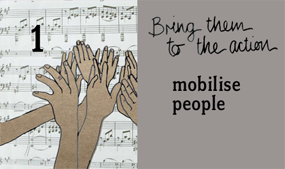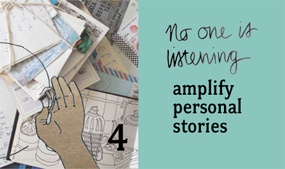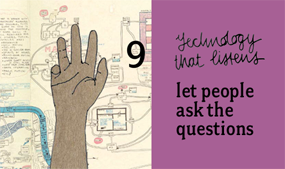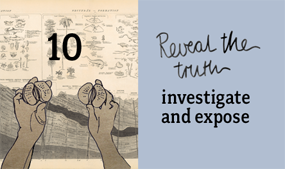A free iphone and web based application, which provides details of Israeli settlements, has had a timely launch this week. The 10-month freeze on new Israeli settlement building in the occupied West Bank is due to expire this weekend and the issue is receiving significant media and government attention around the world.
Facts On The Ground, developed by the US-based advocacy organisation, Americans For Peace Now (APN), uses mapping technology to visualise the vast amount of data collected by them, that was previously inaccessible to others and difficult to disseminate.
APN claims to have “the most comprehensive, up-to-date and authoritative database on settlements in the world” and received daily requests for information about settlement construction. Users of their app can pinpoint individual settlements and their year of establishment, access information on the population and add layers of additional information to build up a real picture of what is happening on the ground.
APN says the new app “will be updated constantly to reflect breaking events and issues in the news, such as new settlement plans and construction, the establishment or removal of outposts, or violent incidents perpetrated by Palestinians or by settlers.”
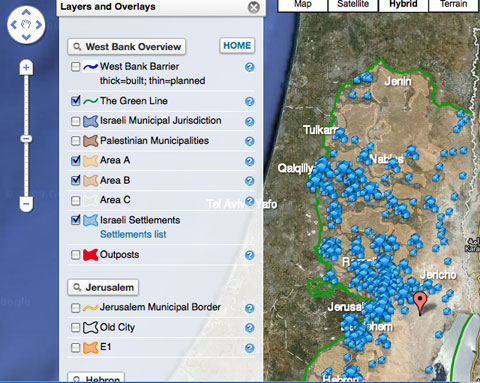
Ori Nir at APN explains, “The app is an educational tool. The main goal is to educate the public about the settlements by presenting just the facts, in the most unfiltered way. We believe that once people see for themselves what the layout of the Israeli settlements in the West Bank looks like, they will realise just how detrimental the settlements are to future Israeli-Palestinian peace.”
Seeking a way to make the information available and accessible beyond the web, a phone ‘app’ was considered the best way to satisfy the potential target audience of policy makers and lobbyists. However, APN found that when dealing with a map or a visually heavy and detailed app such as this, a web based application, in addition to the hand-held device was important. More detail can be seen on a larger computer screen, computers typically have faster internet connection and larger memory allows more information to download. The hand held app does not, for example, include the layer that shows the municipal boundaries of the settlements.
It is too early to tell how activists and young people with hand held devices will use the tool but we hope to update the impact of the app soon.
APN employed a detailed media strategy to maximise distribution; the app and press release were sent under embargo to select journalists and bloggers for review. This tactic has paid off as there has been widespread coverage in the international press and among the blogging community. Timing also played an important role; the issue of settlements hit the headlines ahead of the 26th September expiration date of the moratorium on settlement building with fierce diplomatic pressure for it to be renewed.
TOOLS USED: A Boston-based communications consultancy firm helped fuse both factual data (figures on settlements), map layers and aerial photos, with the satellite images of Google Maps.
REACH: The app was released on September 20th 2010 and has received much media attention with over 100 media mention points in the first 24 hours of release, a strong Facebook and Twitter presence and a strong reaction from bloggers. Ad campaigns will follow.
COST: Part of a contract including other projects such as rebranding and revamping the organisation’s websites. No exact figure but estimated at tens of thousands of dollars.
TIME: Ten months from brainstorming to release.
RESOURCES: Staff at APN and Israel’s Peace Now movement worked on content while a team of two or three worked on the technical side to repurpose the data and create the map-app. A long process of “tweaking and re-tweaking”.
LEVEL OF DIFFICULTY: 4 out of 5 due to employing outside technologists to create the app and using Google Earth to create new map layers. 4 out of 5 for data collection, due to the time and resources put into creating this database.
LINKS: Guardian article, The Philadelphia Enquirer, APN methodology, a tutorial video made independently by a blogger.



